PowerBoost 1000 Basic - 5V USB Boost @ 1000mA from 1.8V+
In stock, ships same business day if ordered before 2PM
Delivered by Tue, 9th of Dec
Quantity Discounts:
- 10+ $27.54 (exc GST)
- 25+ $26.67 (exc GST)
PowerBoost is the perfect power supply for your power-hungry portable project! This little DC/DC boost converter module can run from 1.8V batteries or higher, and convert that voltage to 5.2V DC for running your 5V projects. With a beefy 4A DC/DC converter, it can give you 1A+ from as low as 2V.
Adafruit tweaked the output to be 5.2V instead of a straight-up 5.0V so that there's a little bit of 'headroom' long cables, high draw, the addition of a diode on the output if you wish, etc. The 5.2V is safe for all 5V-powered electronics like Arduino, Raspberry Pi, or Beagle Bone while preventing icky brown-outs during high current draw because of USB cable resistance.
The PowerBoost 1000 has at the heart a TPS61030 boost converter from TI. This boost converter chip has some really nice extras such as low battery detection, 4A internal switch, synchronous conversion, excellent efficiency, and 700KHz high-frequency operation. Check out these specs!
- Synchronous operation means you can disconnect the output completely by connecting the ENable pin to ground. This will completely turn off the output
- 4A internal switch means you can get 1000mA+ from as low as 1.8V, 1500mA+ from 2 NiMH or Alkaline batteries, and at least 2000mA from a 3.7V LiPoly/LiIon battery or 3 NiMH/Alkalines. Just make sure your batteries can actually supply the required 2-4A, OK?
- Low battery indicator LED lights up red when the voltage dips below 3.2V, optimized for the most common usage of LiPo/LiIon battery usage
- On-board 1000mA charge-rate 'Apple/iOS' data resistors. Solder in the included USB connector and you can plug in any iPhone or iPod for a speedy 1000mA charge rate. Works with iPads, both mini and 'classic' type.
- Full breakout for battery in, control pins and power out
- 90%+ operating efficiency in most cases (see datasheet for efficiency graphs), and low quiescent current: 5mA when enabled and power LED is on, 20uA when disabled (power and low batt LED are off)
Great for powering your robot, Arduino project, single-board-computer such as Raspberry Pi or BeagleBone! Each order comes with one fully assembled and tested PCB, a loose 2-PH JST jack, a 2-pin Terminal block and a loose USB A jack.
If you are powering your project from USB, solder the USB A jack in (a 3-minute soldering task). Then choose either JST for input (JST is often used for Adafruit's LiIon batteries, but the connector is only rated for 2A) or a terminal block.
The 1000 version comes with a 2-pin terminal block so you can solder it to the output spot where the USB jack would go. Or don't solder any connectors in for a more compact power pack and go with 22AWG wires soldered directly in.
Technical Details
- Dimensions: 29mm x 23mm x 2mm / 1.1" x .9" x .1"
- Height w/ JST: 7.5mm / .30"
- Weight: 6.0g
- PCB files, fritzing, and datasheets are in the tutorial downloads page
Hey there's a typo on the back, it says TPS61090 but Adafruit really use the TPS61030 - the '90 is the 2A version, the '30 is the 4A version! We'll fix on the next PCB run. Read more about the TPS61030 boost converter from TI here
Exact shipping can be calculated on the view cart page (no login required).
Products that weigh more than 0.5 KG may cost more than what's shown (for example, test equipment, machines, >500mL liquids, etc).
We deliver Australia-wide with these options (depends on the final destination - you can get a quote on the view cart page):
- $3+ for Stamped Mail (typically 10+ business days, not tracked, only available on selected small items)
- $7+ for Standard Post (typically 6+ business days, tracked)
- $11+ for Express Post (typically 2+ business days, tracked)
- Pickup - Free! Only available to customers who live in the Newcastle region (must order online and only pickup after we email to notify you the order is ready). Orders placed after 2PM may not be ready until the following business day.
Non-metro addresses in WA, NT, SA & TAS can take 2+ days in addition to the above information.
Some batteries (such as LiPo) can't be shipped by Air. During checkout, Express Post and International Methods will not be an option if you have that type of battery in your shopping cart.
International Orders - the following rates are for New Zealand and will vary for other countries:
- $12+ for Pack and Track (3+ days, tracked)
- $16+ for Express International (2-5 days, tracked)
If you order lots of gear, the postage amount will increase based on the weight of your order.
Our physical address (here's a PDF which includes other key business details):
40 Aruma Place
Cardiff
NSW, 2285
Australia
Take a look at our customer service page if you have other questions such as "do we do purchase orders" (yes!) or "are prices GST inclusive" (yes they are!). We're here to help - get in touch with us to talk shop.
Have a product question? We're here to help!
Videos
View AllGuides
PiicoDev Magnetometer- Getting Started Guide
The Maker Revolution
Choosing Your Next LiPo Battery
Powerboost your LiPo Batteries
Projects
Wireless QI Phone Charger Powered by Raspberry Pi
IoT Plant Monitor
Makers love reviews as much as you do, please follow this link to review the products you have purchased.

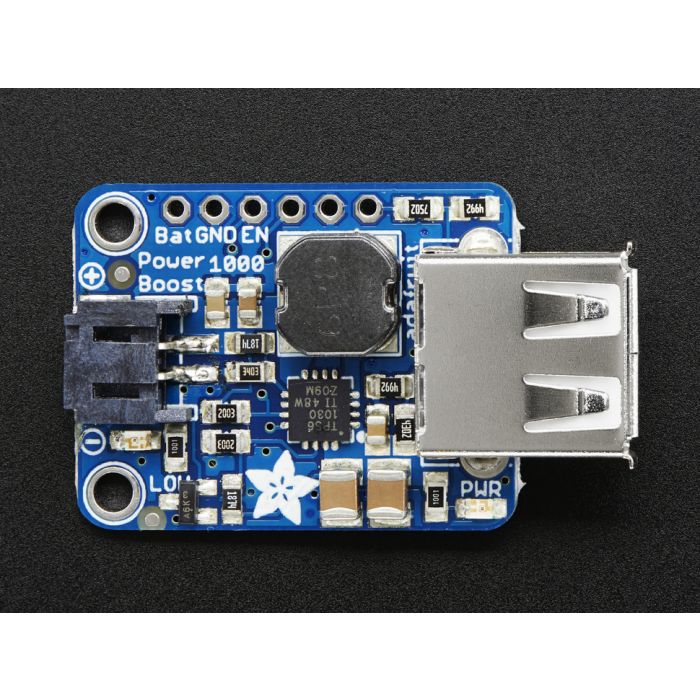

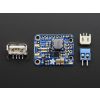
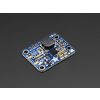








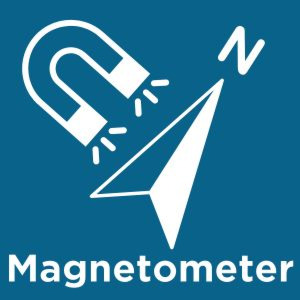


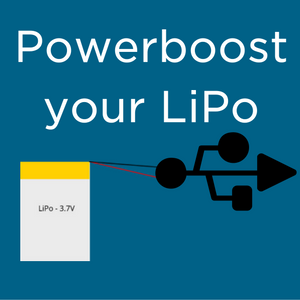
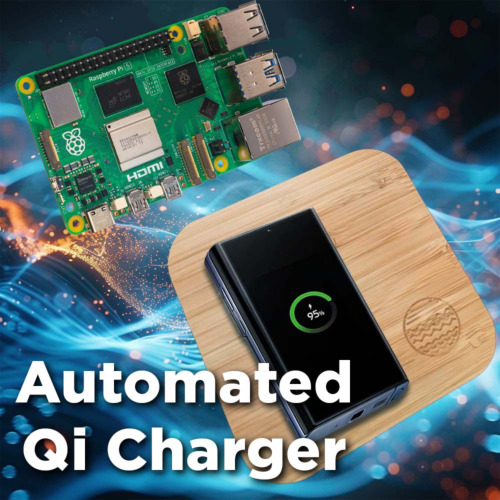


Product Comments